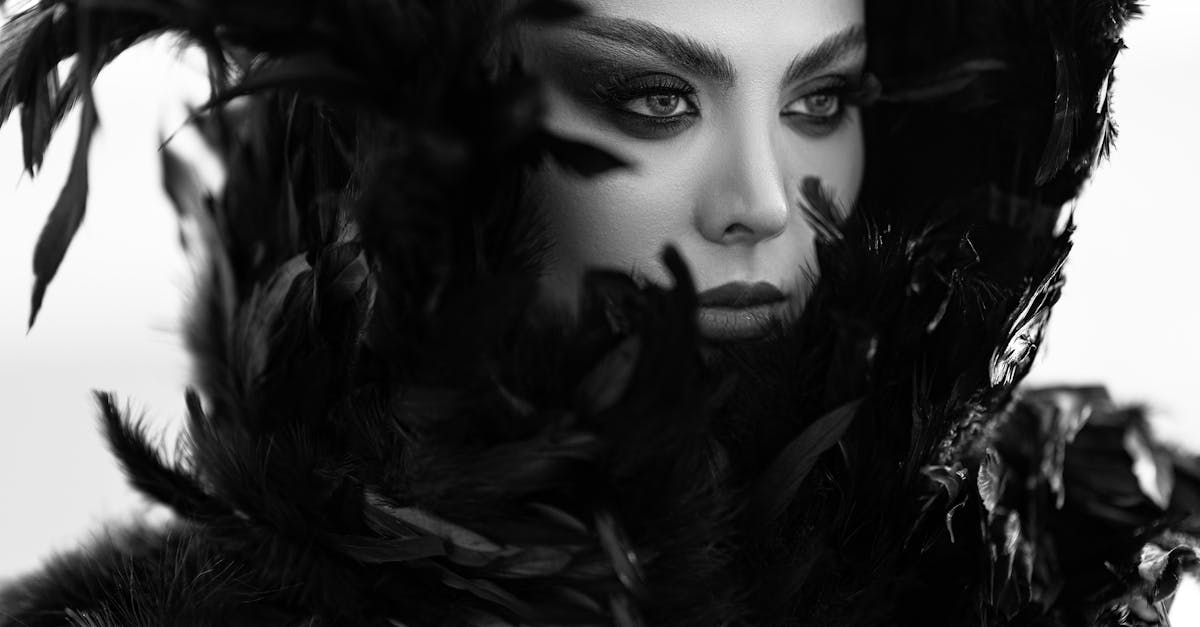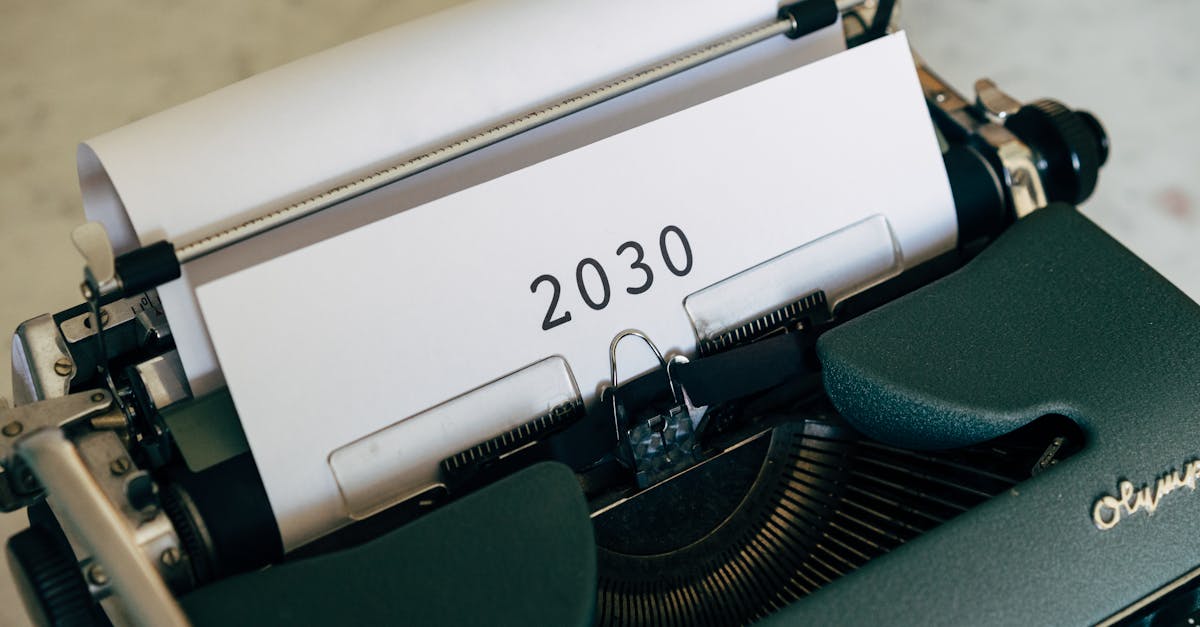The Vogue Zenith Of 2030: Fashion's Future
Introduction
The world of fashion is on the brink of an extraordinary evolution as we approach the year 2030. This new decade promises a blend of technology, sustainability, and tailored experiences that will redefine style. From digital wardrobes to biodegradable materials, the fashion industry is preparing to embrace change like never before. But what exactly will the future of fashion look like? How are designers and brands preparing to meet the challenges of a changing world? As we explore these questions, it's clear that the journey towards fashion's zenith in 2030 is as exciting as it is promising.
Advertisement
Smart Fabrics and Wearable Tech
One of the most anticipated developments by 2030 is the proliferation of smart fabrics and wearable technology. Imagine clothing that adapts to the temperature, changes color with your mood, or even monitors your health. Brands like Ralph Lauren and Under Armour are already experimenting with materials that can provide real-time fitness tracking and biometric data to users. These innovations not only add functionality to fashion but also promote a more connected lifestyle. With the integration of AR and VR, the shopping experience will become more immersive and personalized, bridging the gap between physical and digital retail spaces.
Advertisement
Sustainability as the Core
By 2030, sustainability will no longer be a trend—it will be the backbone of every collection. Designers are urgently turning to renewable resources and circular production methods to minimize waste. Biodegradable clothing and eco-friendly dyes will become standard across the industry. Initiatives like the Ellen MacArthur Foundation's Circular Fibres Initiative are leading the charge, encouraging brands to recycle old garments into new creations. As consumers demand transparency and ethical practices, fashion houses will need to provide clear information about their supply chains, ensuring that every step of production aligns with sustainable values.
Advertisement
3D Printing and Customization
The ability to personalize fashion will reach unprecedented levels thanks to advancements in 3D printing technologies. Shoppers in 2030 can expect tailor-made clothes produced on demand, minimizing inventory waste and maximizing customer satisfaction. This technology empowers consumers to co-create their garments, choosing designs and fabrics that reflect their individual style. The process also streamlines delivery, allowing fashionistas to stay ahead of trends in real-time. Designers will harness 3D printing to push creative boundaries, experimenting with complex textures and shapes previously unimaginable in traditional textile manufacturing.
Advertisement
Digital Fashion and Virtual Apparels
Digital fashion is set to revolutionize the industry by 2030. Virtual clothing collections will allow consumers to own and display garments that exist only in the digital world. Platforms like The Fabricant are pioneering this market, offering exclusive virtual attire that can be worn in online spaces, social media, and gaming platforms. This shift caters to digital-native consumers prioritizing experiences over ownership, reducing physical waste and environmental impact. As digital wardrobes gain popularity, the intersection between virtual and real-world fashion will present novel opportunities and challenges for brands.
Advertisement
Blockchain and Authenticity
As counterfeit goods become increasingly sophisticated, blockchain technology will play a pivotal role in ensuring authenticity and provenance in fashion. By 2030, consumers will be able to verify the history and legitimacy of their purchases with a simple scan. Blockchain offers a transparent and immutable record, protecting both consumers and brands from fraud. Moreover, it can facilitate seamless transactions in decentralized marketplaces. This tech-savvy approach not only enhances trust but also enables fashion to explore new business models, such as fractional ownership of high-value pieces.
Advertisement
AI in Fashion Design
Artificial Intelligence (AI) will revolutionize fashion design processes by 2030. AI algorithms can analyze trends, consumer preferences, and historical data to inform creative decisions. Virtual design assistants will collaborate with designers, offering suggestions and fine-tuning concepts in real-time. Furthermore, AI-driven platforms will provide styling recommendations tailored to individual users, creating personalized fashion experiences. Predictions suggest that AI could independently generate design ideas and even predict upcoming trends, radically transforming the creative landscape.
Advertisement
Inclusivity and Representation
By 2030, inclusivity will be a fundamental principle guiding the industry. Fashion brands are increasingly embracing diversity, representing a wide array of body types, ethnicities, and gender identities. Size-inclusive collections and adaptive clothing will become the norm, ensuring everyone has access to fashionable and functional attire. Increased visibility of diverse models and designers will challenge old stereotypes and foster a culture of acceptance. This shift not only broadens market appeal but enriches the fashion narrative, making it more reflective of the world's true diversity.
Advertisement
Challenges Ahead
Despite these exciting advancements, the path to 2030 will present challenges, especially in terms of technology adoption and ethical considerations. As AI and automation become more prevalent, questions around labor, creatives' rights, and data privacy will require careful navigation. Sustainability goals demand robust infrastructure to support systemic changes. Moreover, balancing innovation with cultural preservation will be crucial as brands expand into global markets. The fashion industry must remain vigilant, adaptable, and committed to fostering an inclusive and responsible future.
Advertisement
Conclusion
The Vogue Zenith of 2030 promises an exhilarating transformation of the fashion industry, molded by technology, sustainability, and inclusivity. As brands innovatively integrate wearable tech, digital wardrobes, and eco-friendly practices, the boundaries of style are pushed further than ever before. Challenges, however, persist, urging the industry to maintain a delicate balance between modernity and tradition. As the decade unfolds, fashion will continue to evolve, captivating and inspiring a new generation of consumers. The future of fashion is not just imaginative—it's attainable, and it's happening now.
Advertisement

